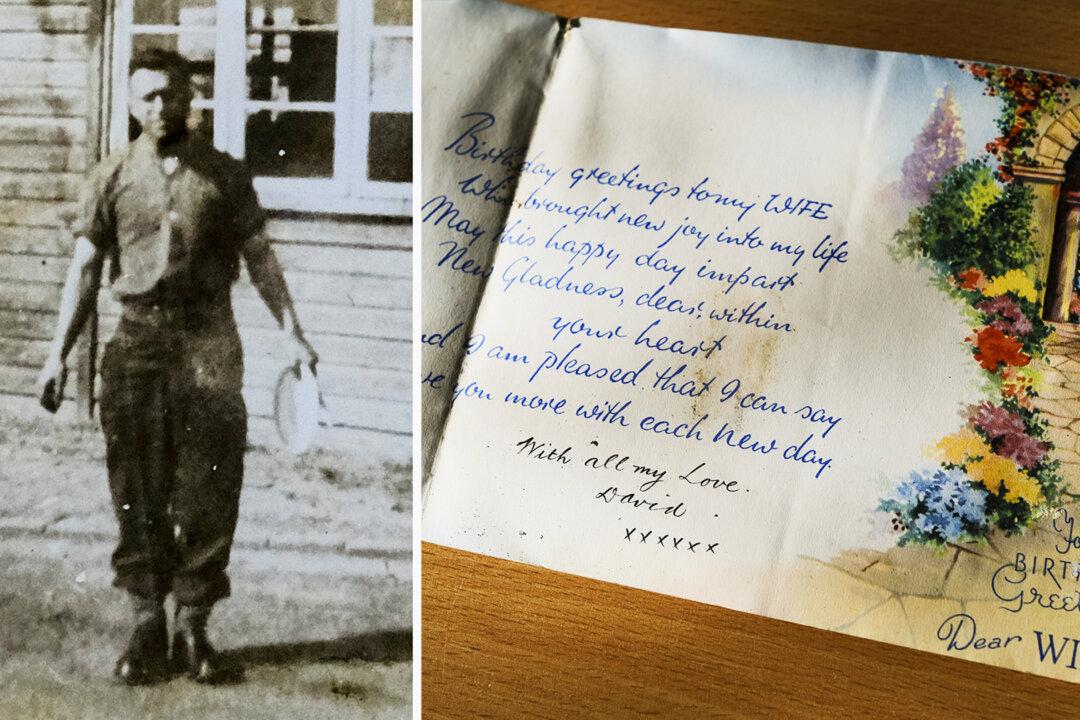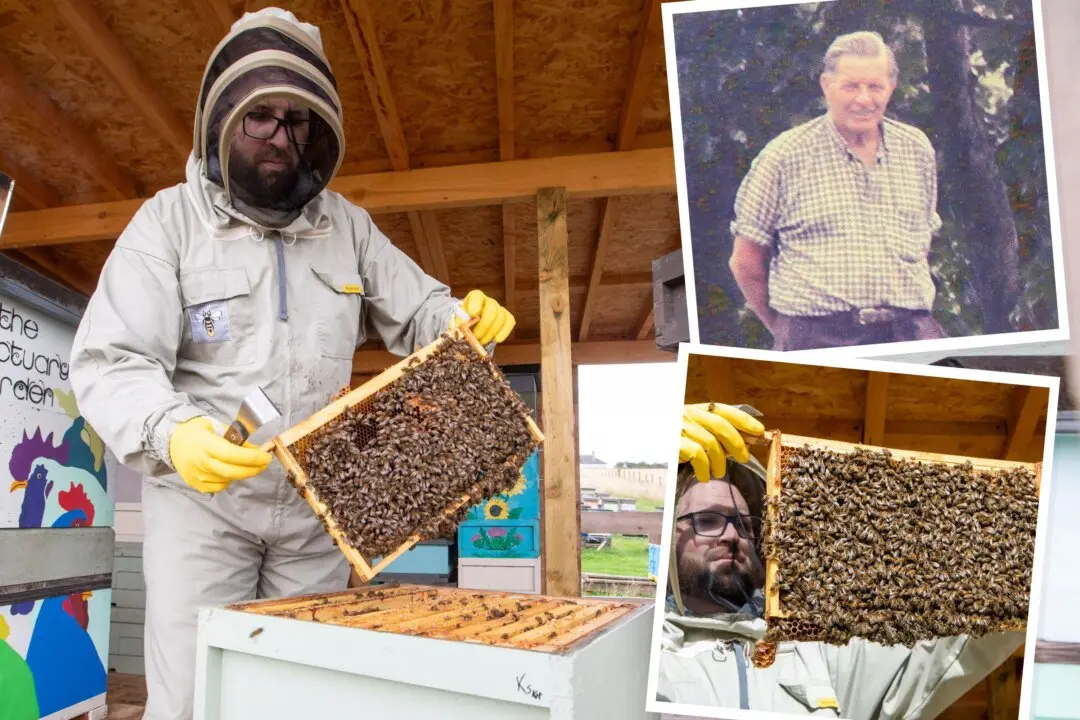An incredible collection of more than 1,500 letters, cards, and telegrams written by a young soldier to his wife during World War II has been unearthed after being hidden away for over 70 years.
Lieutenant David Dawson wrote to his wife, Blanche, often between 1939 and 1945.





